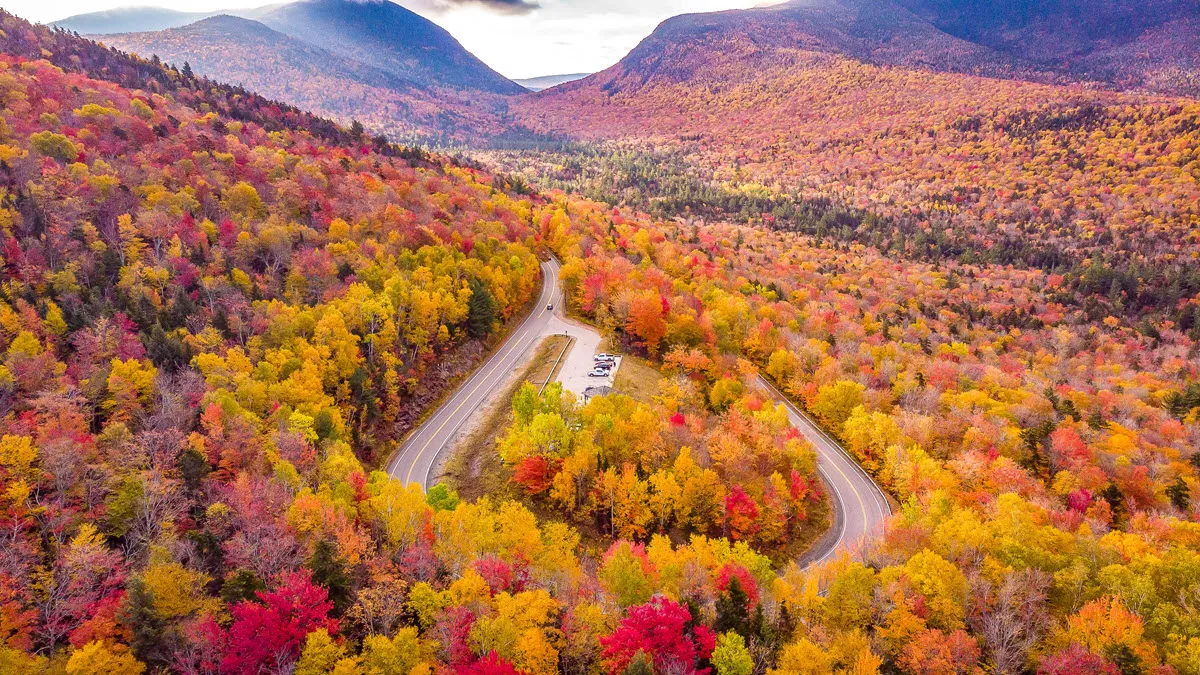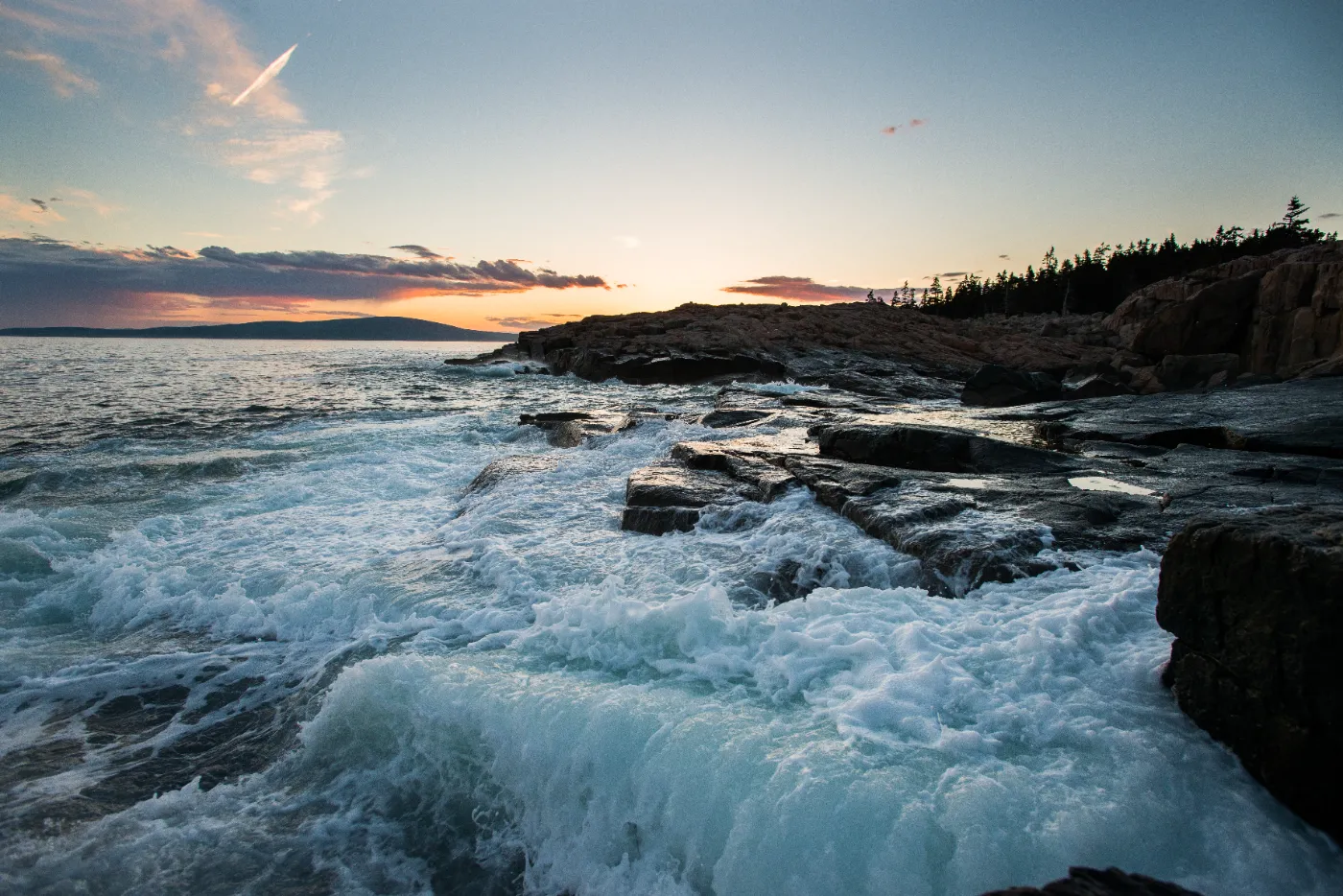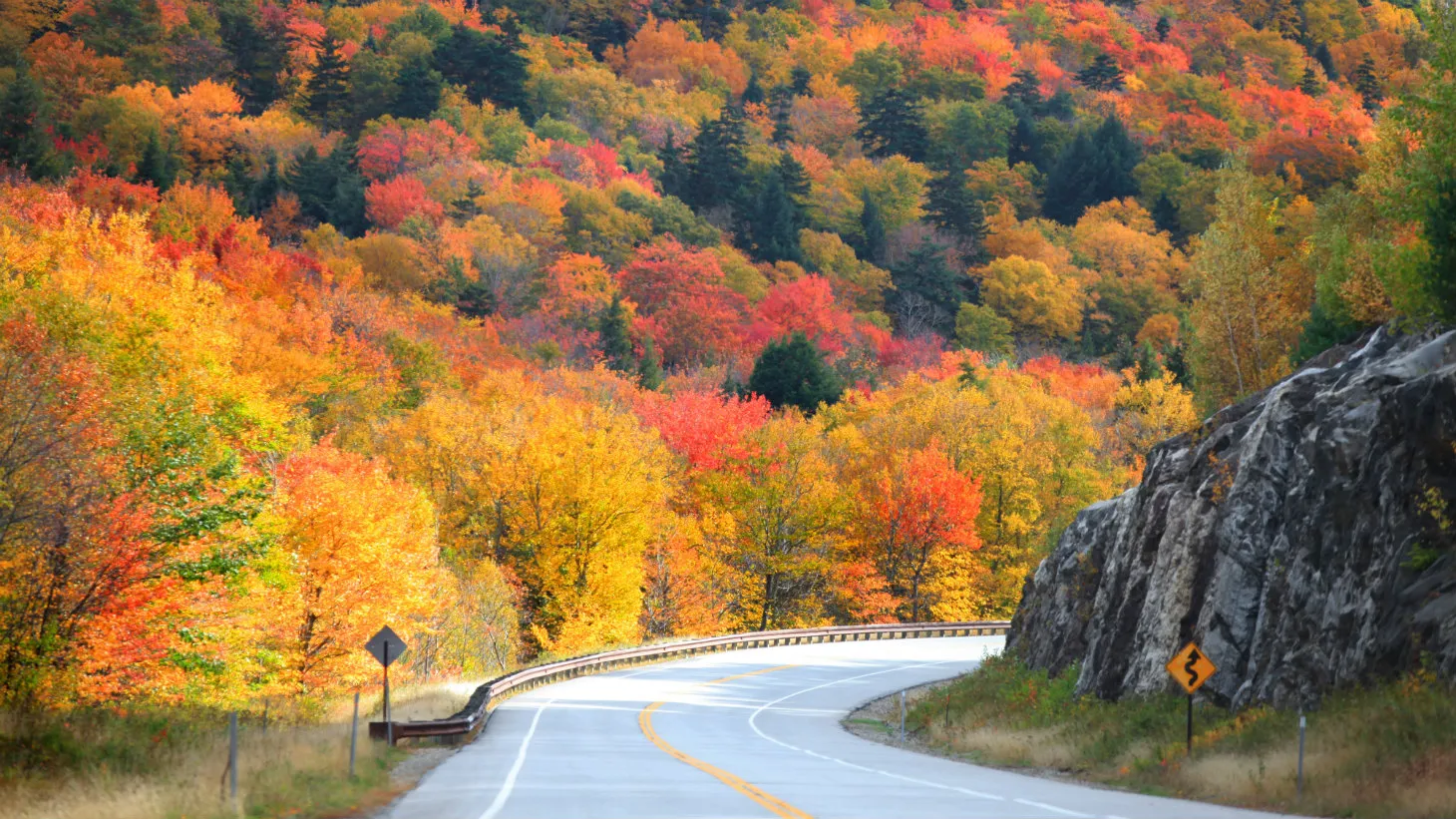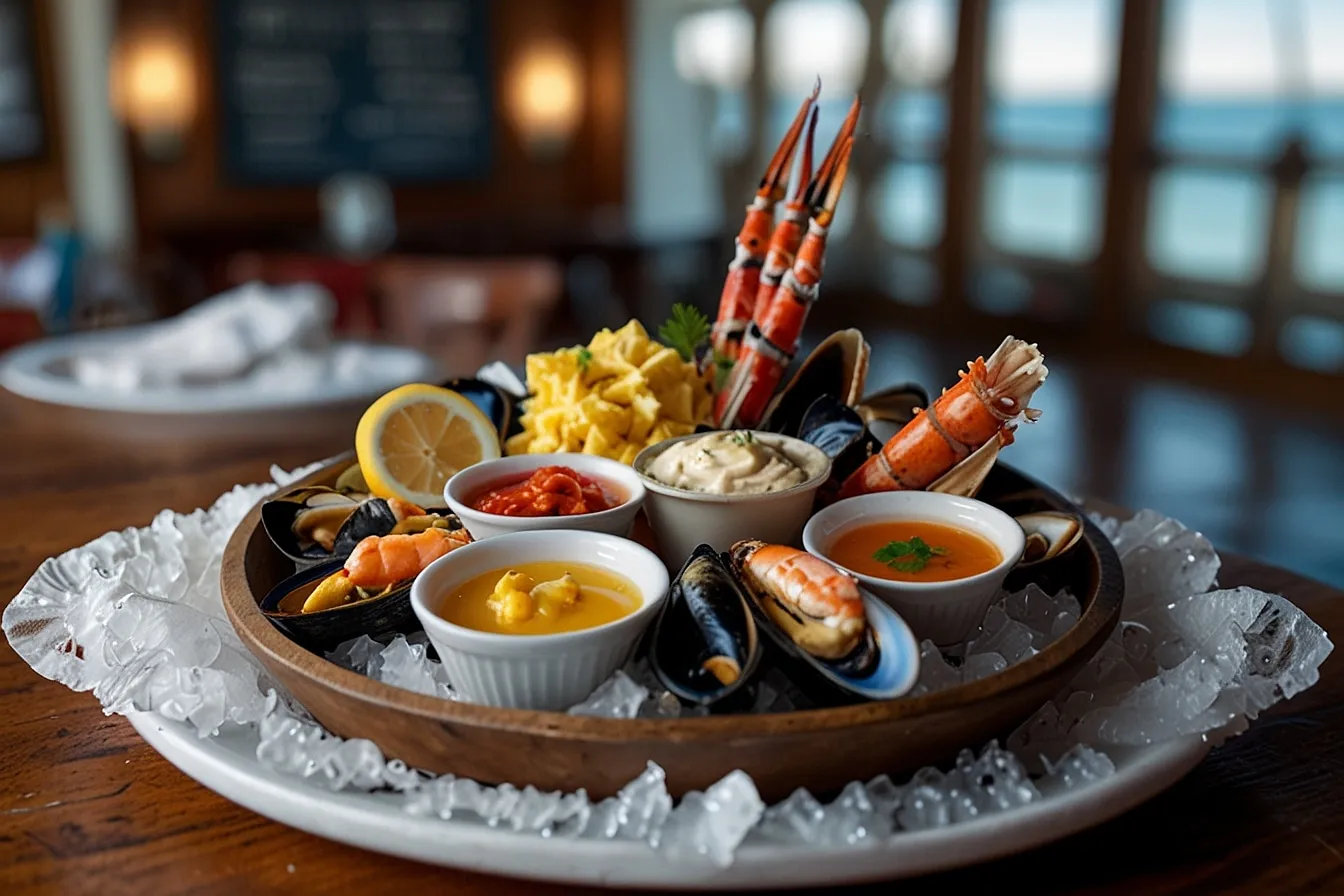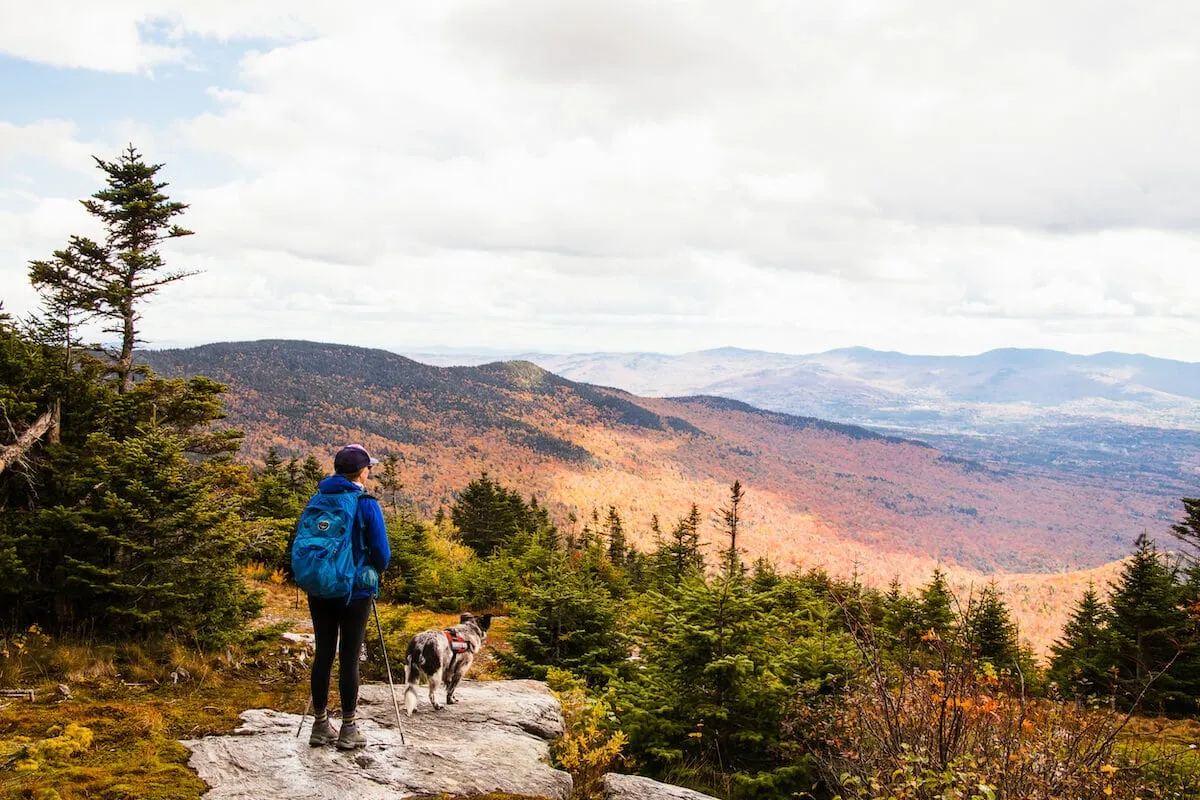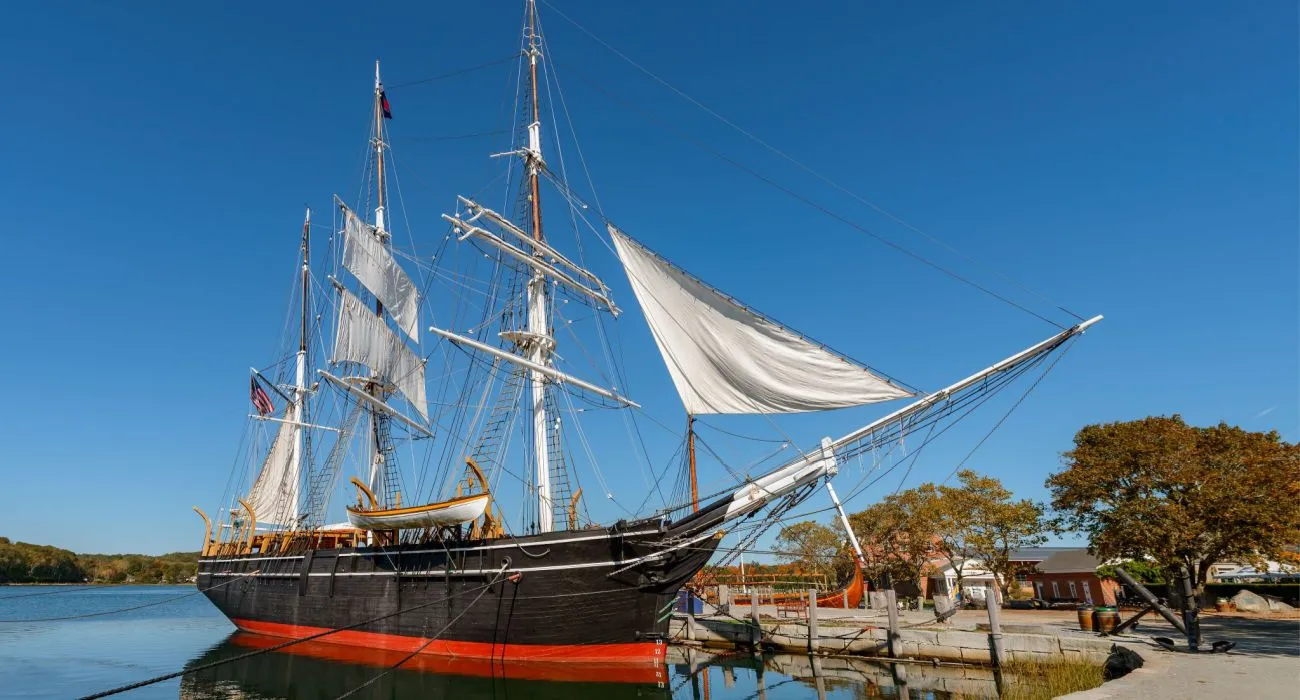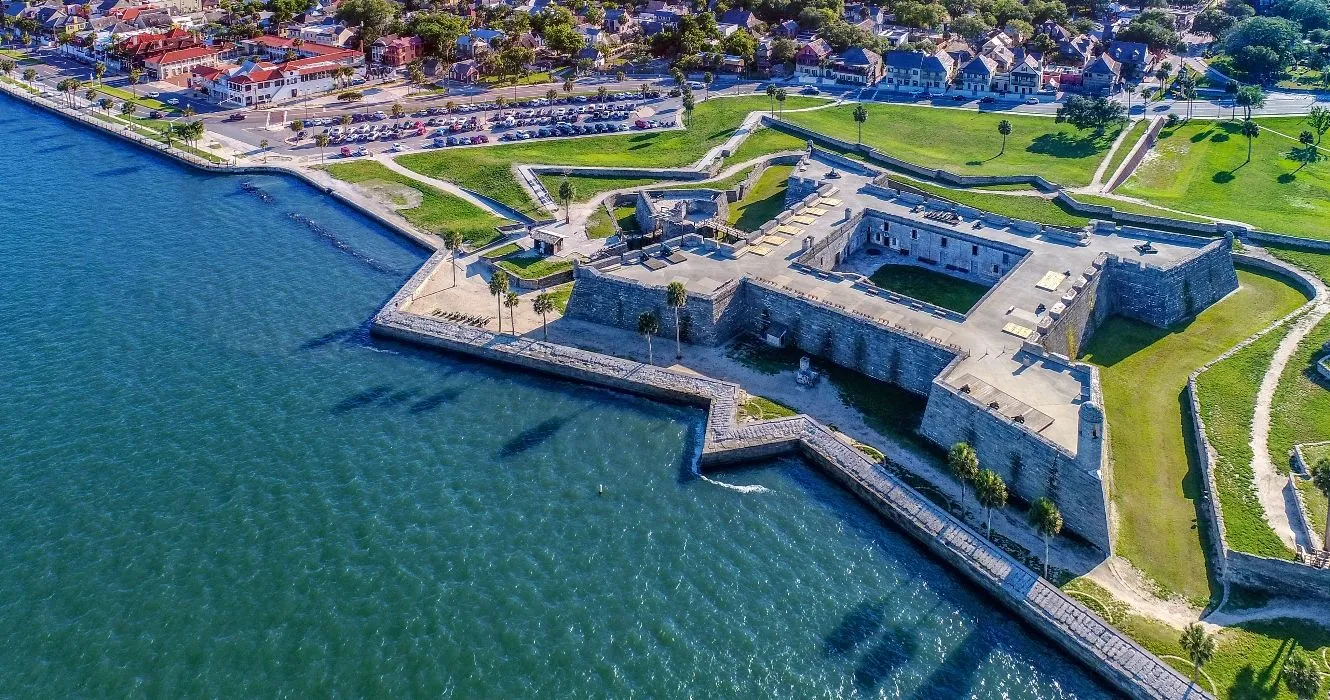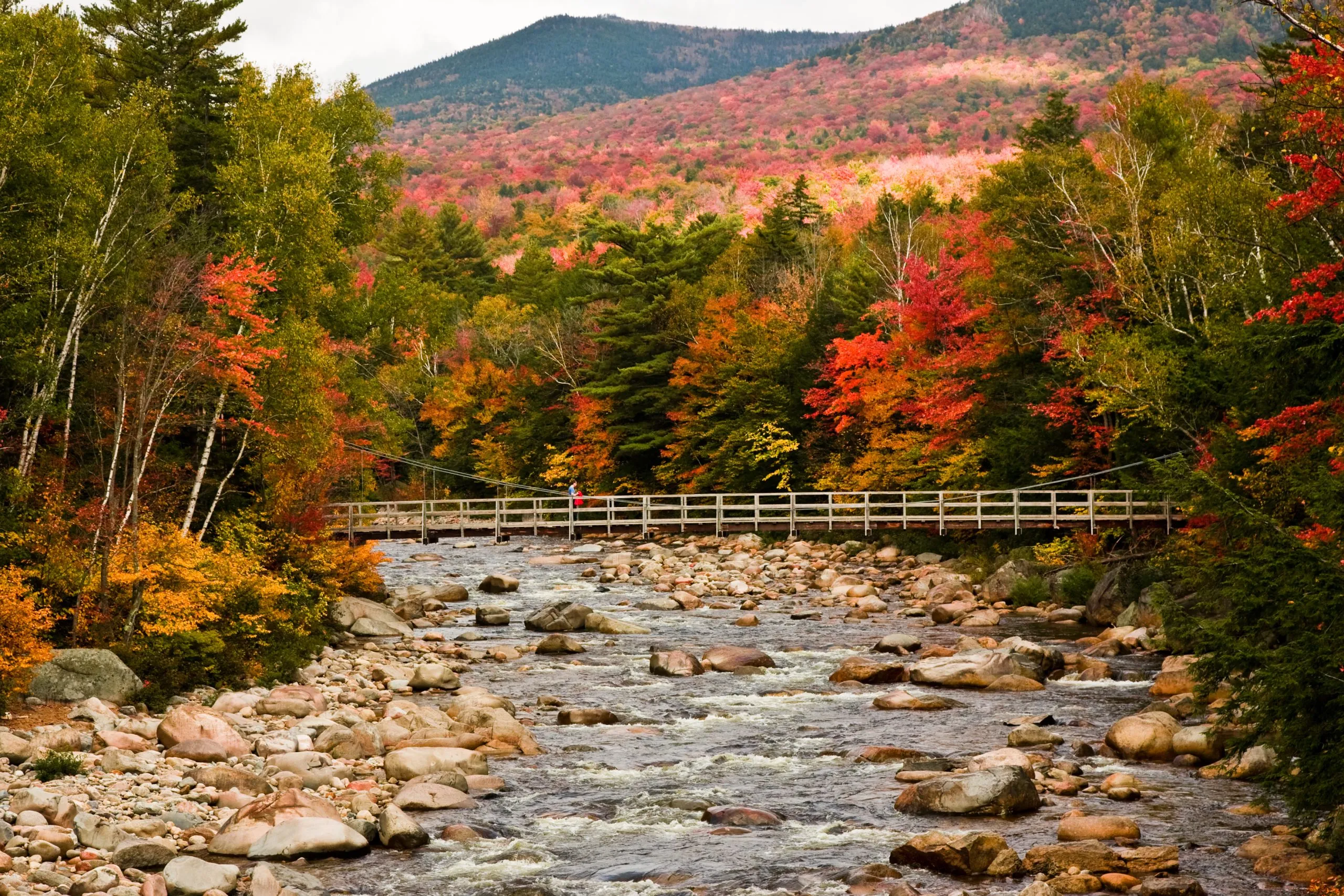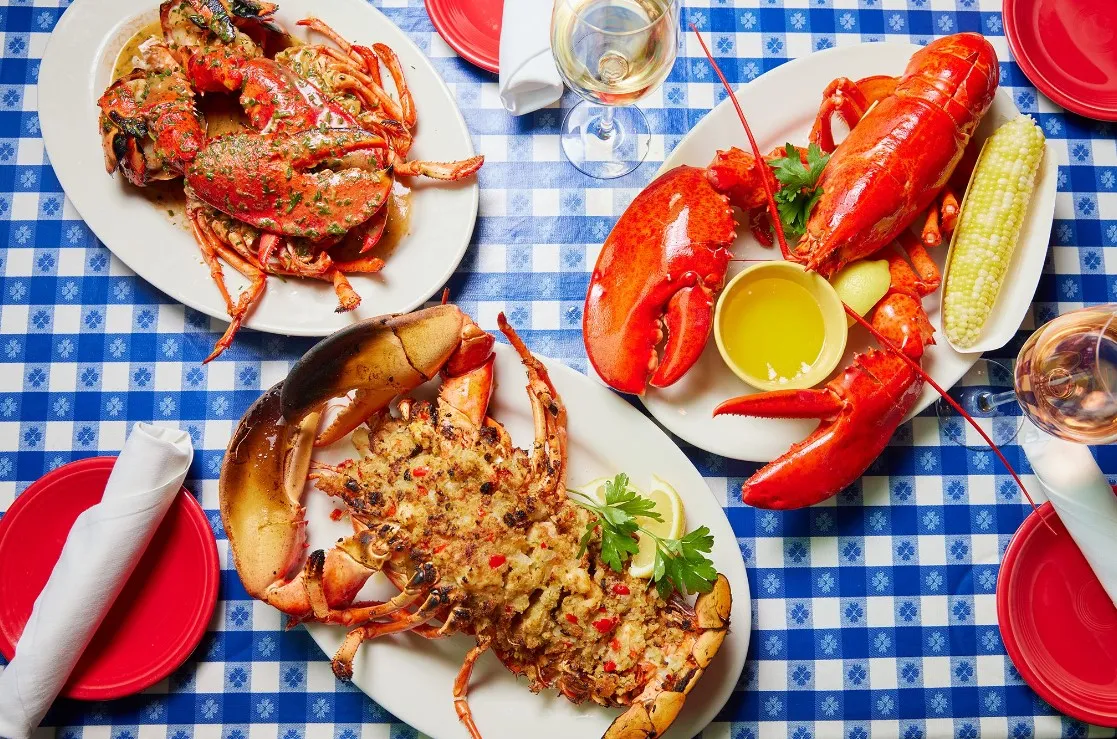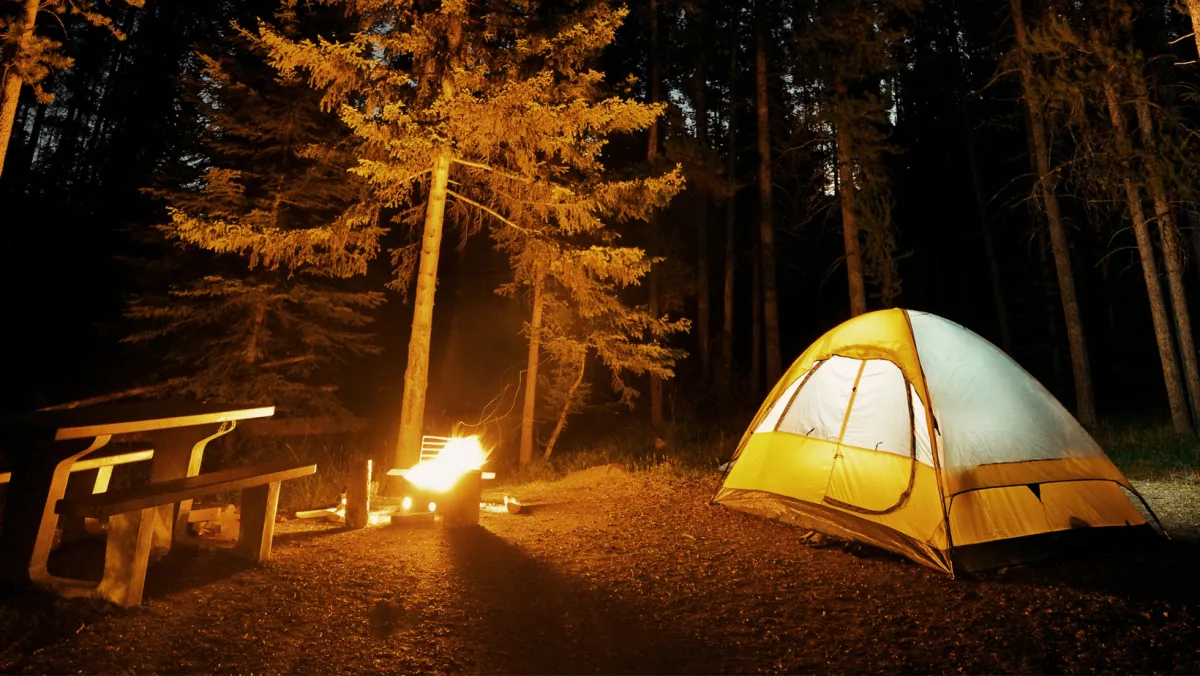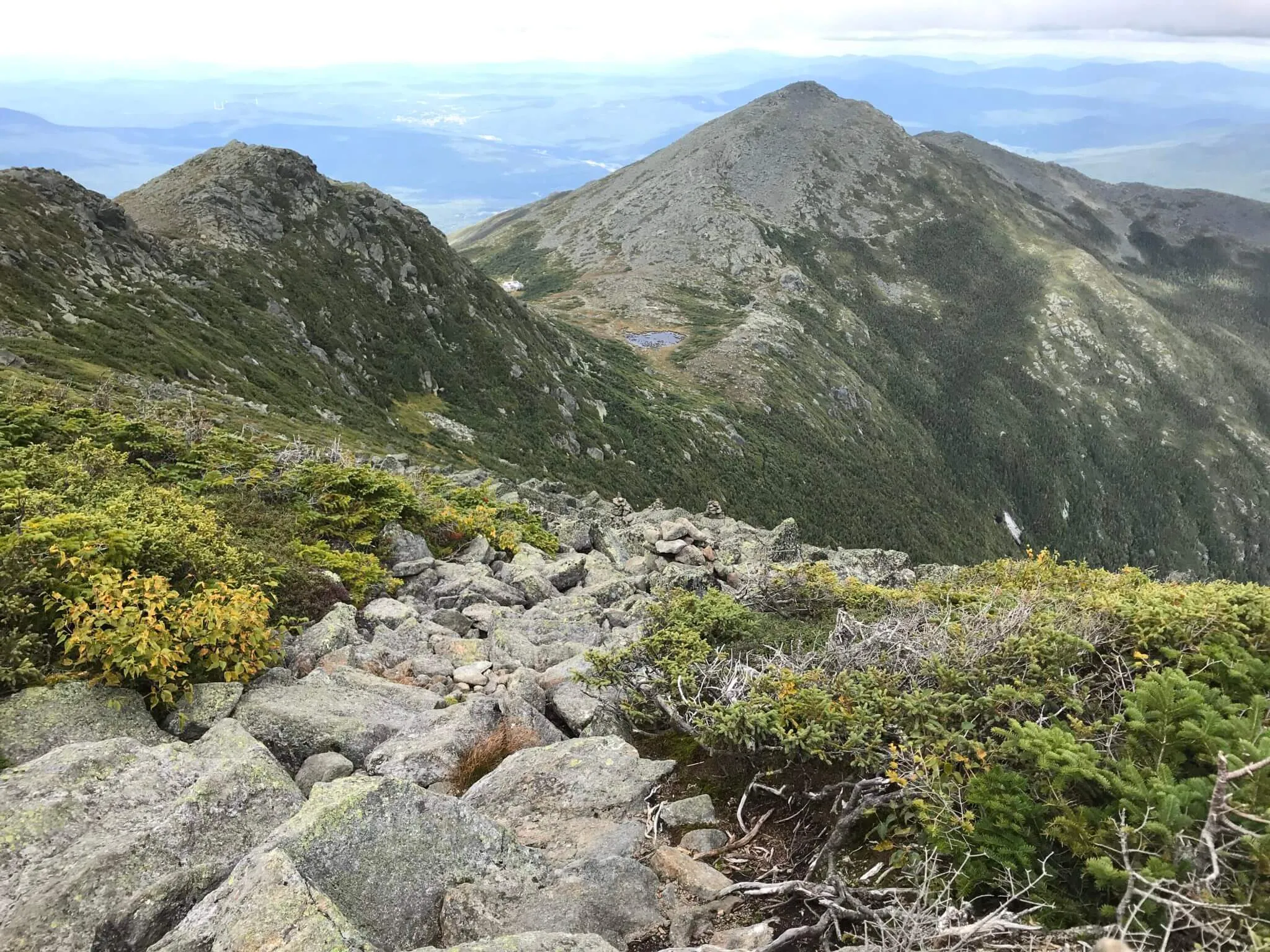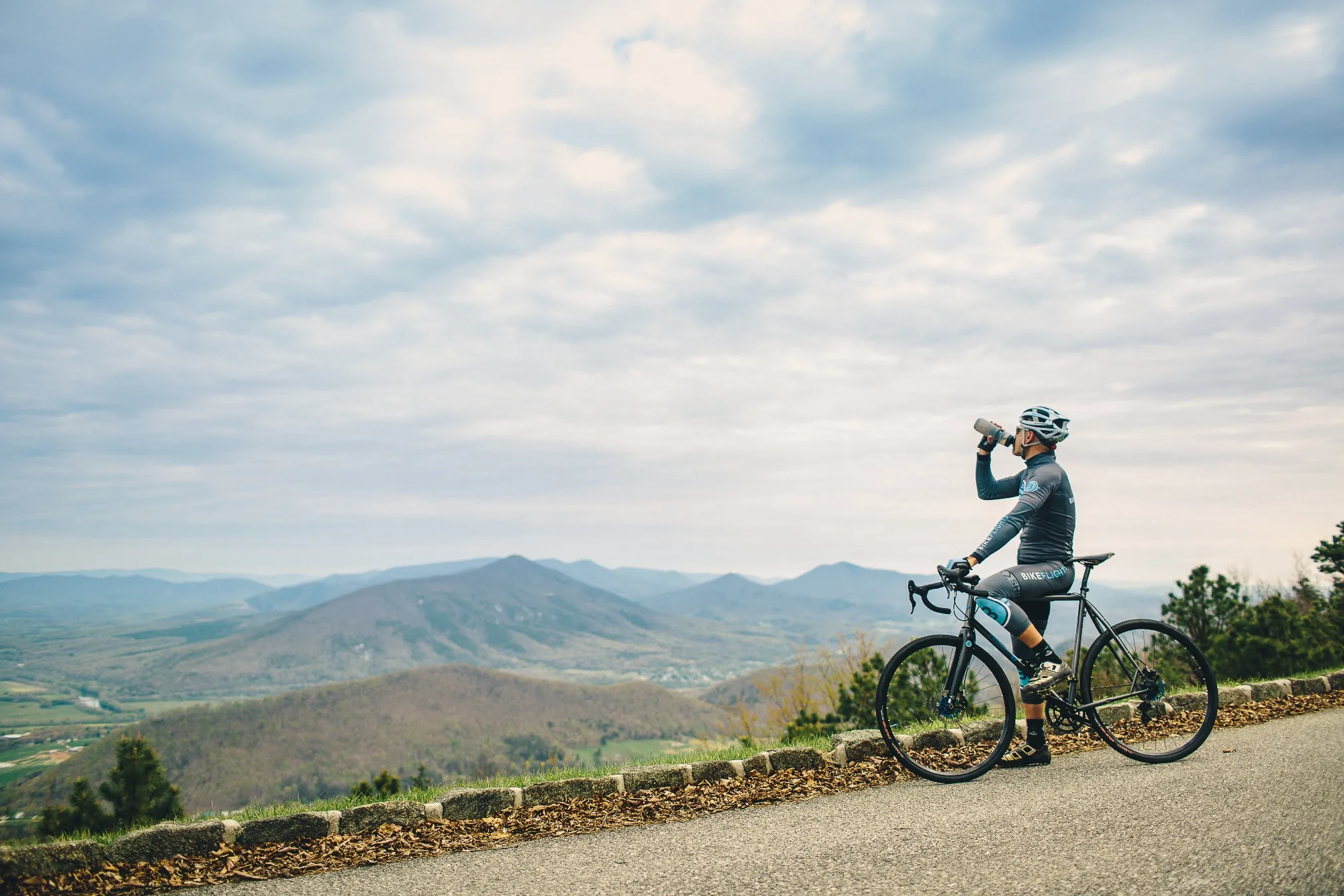A New England road trip offers a magical experience you simply will not find anywhere else in North America, delivering the perfect blend of stunning fall foliage, rich colonial history, charming small towns, and rugged coastlines packed into a compact, drivable region. Whether you are dreaming of an iconic autumn drive through the rolling peaks of Vermont’s Green Mountains, savoring fresh lobster rolls on the rocky coast of Maine, or walking the cobblestones of Boston’s historic Freedom Trail, this corner of the country delivers an unforgettable journey. While many travelers plan a broader East Coast road trip, focusing specifically on New England allows you to experience centuries of American heritage alongside some of the country’s most breathtaking natural beauty.
Planning Your New England Road Trip: A Pro’s Guide
Organizing a successful New England road trip requires understanding the distinct seasonal rhythms of the region. While the region is relatively small compared to other areas, the density of attractions means travel times often exceed expectations.
The Best Time to Visit New England
-
Fall (September-October): This is the undisputed crown jewel season. It is famous globally not just for local color, but as the premier destination for East Coast fall foliage. Peak colors typically appear in northern Vermont, New Hampshire, and Maine from late September to early October.
-
Summer (June-August): Summer brings a classic vacation feel, perfect for coastal activities. It is the best time to explore famous East Coast beaches around Cape Cod and Martha’s Vineyard.
-
Spring (April-May): Spring is an excellent alternative for avoiding crowds. While weather is unpredictable, you will be rewarded with unique experiences like the maple sugaring season.
-
Winter (December-February): This season transforms the region into a snowy paradise ideal for skiing in Vermont’s Green Mountains or snowshoeing in New Hampshire.
How Many Days Do You Need?
New England comprises six distinct states. Because of its density, it is often the highlight of any Northeast road trip.
-
Weekend Escape (3-4 Days): Focus on one or two states to avoid feeling rushed.
-
Classic Week (7-10 Days): This is the sweet spot for first-time visitors, allowing for the iconic loop through Vermont, New Hampshire, and Maine.
-
Full Immersion (14+ Days): Two weeks allows for a comprehensive exploration, perhaps connecting to a wider Mid Atlantic road trip if you are heading south.
Budgeting for Your Adventure
Costs vary dramatically by season and travel style.
-
Accommodation: Campsites range from $10-$30 per night. During peak foliage season, expect hotel rates to jump significantly.
-
Transportation: A rental car is essential. Many highways have cashless tolls, so an E-ZPass is recommended.
-
Food: You can manage your budget by mixing restaurant meals with groceries.
The Classic 7-Day New England Fall Foliage Itinerary
This carefully curated route is designed to maximize scenery and minimize backtracking.
Day 1: Boston to Vermont’s Green Mountains
Start by picking up your rental car at Boston’s Logan International Airport (BOS) and heading northwest to Woodstock, Vermont. Explore the iconic Sleepy Hollow Farm and visit Quechee Gorge. The evening drive north to Stowe along Route 100 is consistently ranked as one of the top East Coast scenic drives.
Day 2: Stowe and Northern Vermont Charm
Stowe delivers a classic experience with its historic covered bridges and unique shops. Grab fresh apple cider donuts from the Cold Hollow Cider Mill in nearby Waterbury. For breathtaking views, take the Gondola SkyRide up Mount Mansfield. In the afternoon, make your way to Burlington on Lake Champlain’s shores.
Day 3: New Hampshire’s White Mountains
Head east into New Hampshire’s White Mountains. This area offers some of the most rewarding East Coast hiking opportunities. The 2-mile Flume Gorge loop takes you through a natural gorge with covered bridges. For an easier option, the 1.5-mile loop to Artists Bluff provides an iconic view of Echo Lake.
Day 4: The Legendary Kancamagus Highway
Dedicate this day to the Kancamagus Highway (Route 112), a National Scenic Byway. Take your time stopping at numerous overlooks and natural landmarks like Sabbaday Falls. End your day in North Conway, enjoying attractions like the Conway Scenic Railroad.
Day 5: Journey to Maine’s Acadia National Park
From North Conway, head east toward the Maine coast. Experienced travelers advise taking the slower, coastal Route 1 rather than the interstate for a true coastal road trip experience. Upon arrival in Acadia, the Park Loop Road provides an excellent introduction. Acadia is a jewel among East Coast national parks, offering rugged cliffs and ocean views unique to this region.
Day 6: Acadia and Coastal Maine Exploration
Start early to watch the sunrise from Cadillac Mountain. Continue your drive south on Route 1, stopping in picturesque towns like Camden and Rockland. For food lovers, a detour to Portland is highly recommended.
Day 7: Boston’s Historic Finale
Return to Boston and drop off your rental car. Walk the 2.5-mile Freedom Trail to see historic sites, or visit the New England Aquarium. It is the perfect end to your East Coast vacation.
A Food Lover’s Guide to New England Cuisine
Culinary exploration is a pillar of any visit here. In fact, many travelers design their own East Coast food tour specifically around New England seafood and dairy.
The Great Lobster Roll Debate
No trip is complete without trying both styles of this regional icon. Connecticut-style rolls are served warm with melted butter, while Maine-style comes cold with mayonnaise.
Regional Specialties Worth Seeking
-
Apple Cider Donuts: A quintessential fall treat found at farm stands.
-
Rhode Island Classics: Look for clam cakes and coffee milk.
-
New Haven Apizza: Connecticut’s famous coal-fired pizza.
-
Maple Creemees: Vermont’s divine maple-flavored soft-serve.
Outdoor Adventures: Hiking & Scenic Drives
While the towns are charming, the true spirit of the region is found outdoors.
Hiking Trails for Every Skill Level
-
Easy: Artists Bluff (NH) and Ocean Path (Acadia).
-
Moderate: Flume Gorge (NH) and Mount Tom (VT).
-
Strenuous: Mount Mansfield (VT) and Mount Monadnock (NH).
The Best Scenic Drives
-
The Kancamagus Highway (NH): Defined by waterfalls and mountain views.
-
Route 100 (VT): The spine of the Green Mountains.
-
Molly Stark Byway (VT): Rolling hills and history.
Exploring New England’s Rich History
New England is where America’s story began. It is home to some of the most significant East Coast museums and historical sites.
Revolutionary War Heritage
Connect with key American Revolution sites, starting with Boston’s Freedom Trail and continuing to Minute Man National Historical Park in Lexington and Concord.
Living History Experiences
-
Plimoth Patuxet Museums (MA): Recreations of the original Pilgrim settlement.
-
Old Sturbridge Village (MA): Rural life from the 1830s.
-
Mystic Seaport (CT): A recreated 19th-century whaling village.
Maritime Heritage
The New Bedford Whaling Museum tells the story of the industry that lit the world. In Portsmouth, New Hampshire, you can tour the USS Albacore submarine.
This guide provides a blueprint, but the true magic of a New England road trip lies in spontaneous discovery. Whether you are looking for a romantic escape or an East Coast family trip, the region’s core appeal is its compact diversity. Book key accommodations well in advance, but leave days flexible to find those unplanned moments that make the journey unforgettable.
